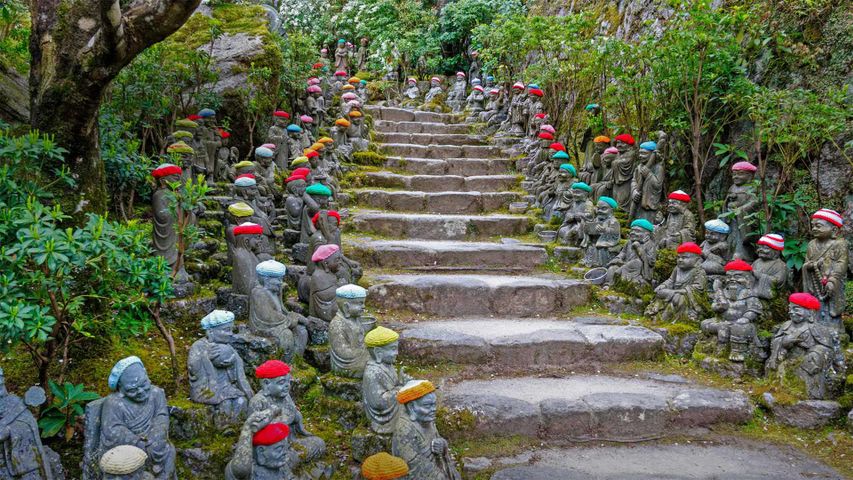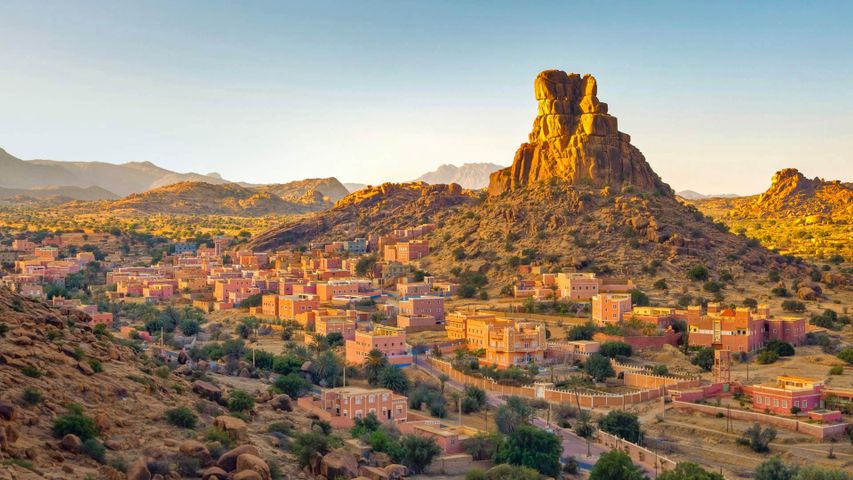Aït Benhaddou, Atlas Mountains, Morocco
© Alex Cimbal/Shutterstoc
At the gates of the 'ksar'
At the eastern edge of the Atlas Mountains in Morocco, Aït Benhaddou stands suspended in time. The ancient mud-brick 'ksar' (fortified city) was first built roughly 1,000 years ago, catering to travellers along the former caravan route between the Sahara Desert and the city of Marrakech. As a prime example of Moroccan earthen clay architecture, Aït Benhaddou has been a UNESCO World Heritage Site since 1987. It's no longer teeming with the large numbers of people who once lived there. But there are small markets and a few families within the ancient city who cater to the visitors who come to walk its historic streets.
As a symbol of Morocco's enduring history, Aït Benhaddou would be a fine place to reflect upon the events of January 11, 1944, when Moroccan nationalists issued a public proclamation calling for the independence of their country, an audacious action that sparked the movement that would end colonialism by 1956.
Related Images
Bing Today Images
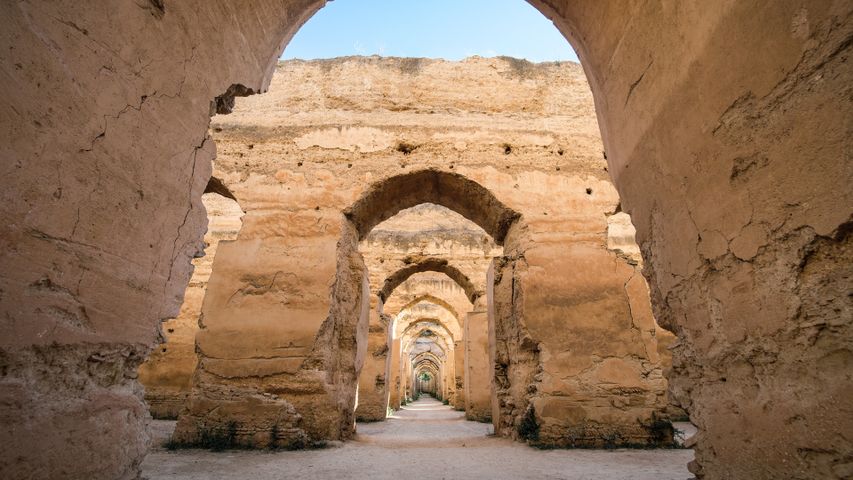


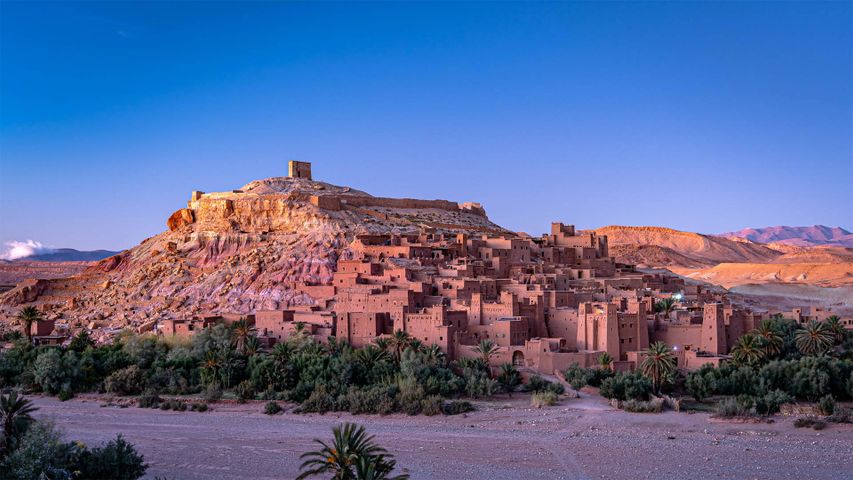
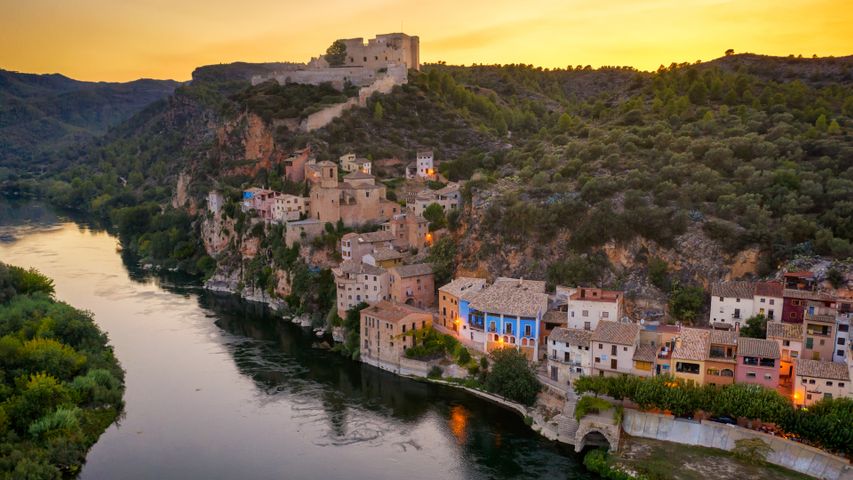 Miravet on the Ebro river, Tarragona, Catalonia, Spain
Miravet on the Ebro river, Tarragona, Catalonia, Spain
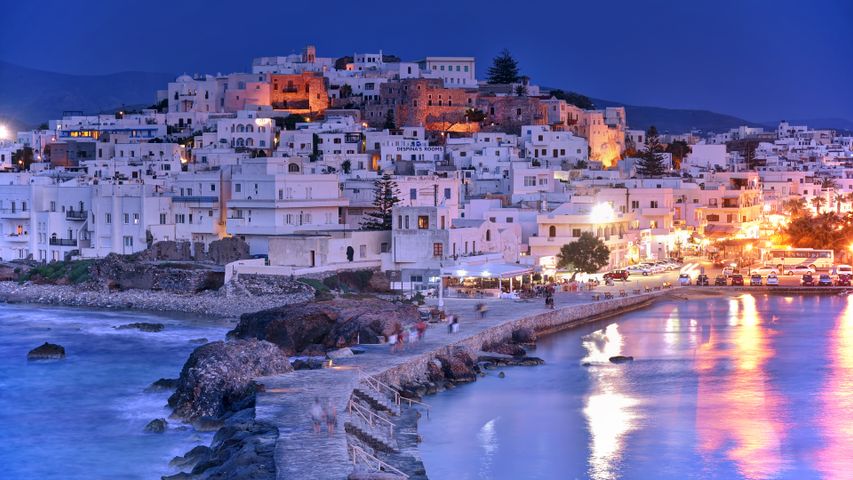 Blue hour in Naxos, Cyclades, Greece
Blue hour in Naxos, Cyclades, Greece
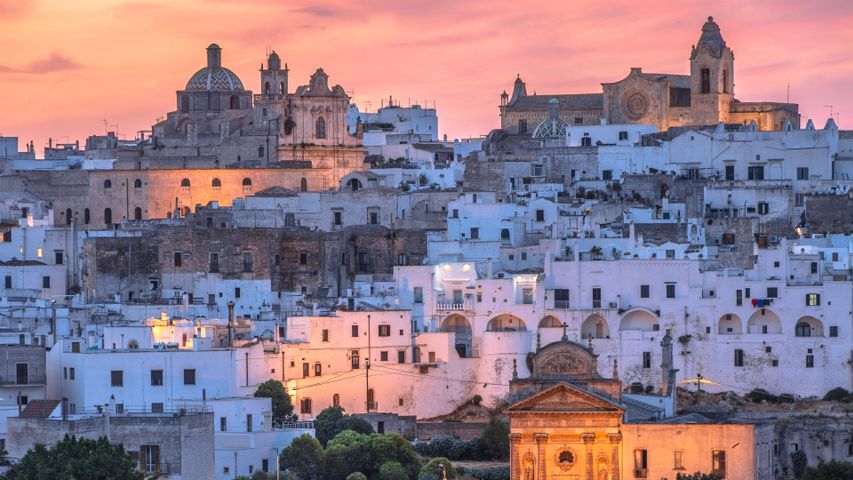 Ostuni at dusk, Apulia, Italy
Ostuni at dusk, Apulia, Italy
 Taktsang Palphug Monastery, Bhutan
Taktsang Palphug Monastery, Bhutan
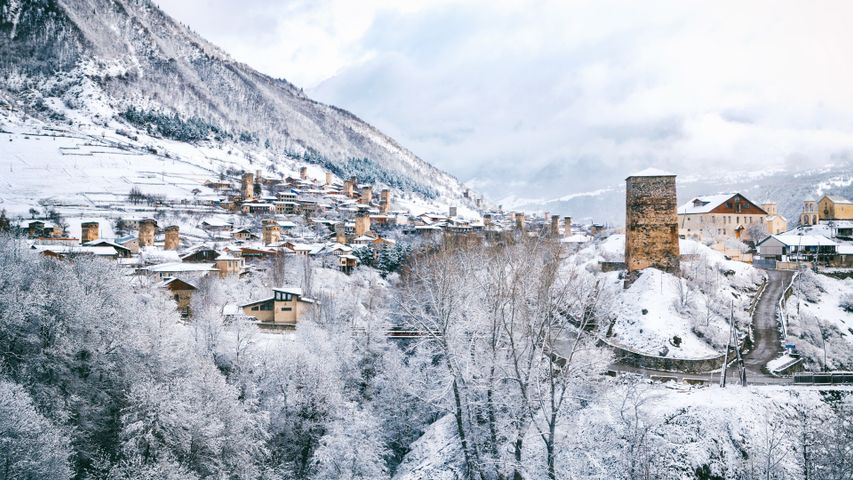 Medieval towers in Mestia, Upper Svaneti, Georgia
Medieval towers in Mestia, Upper Svaneti, Georgia
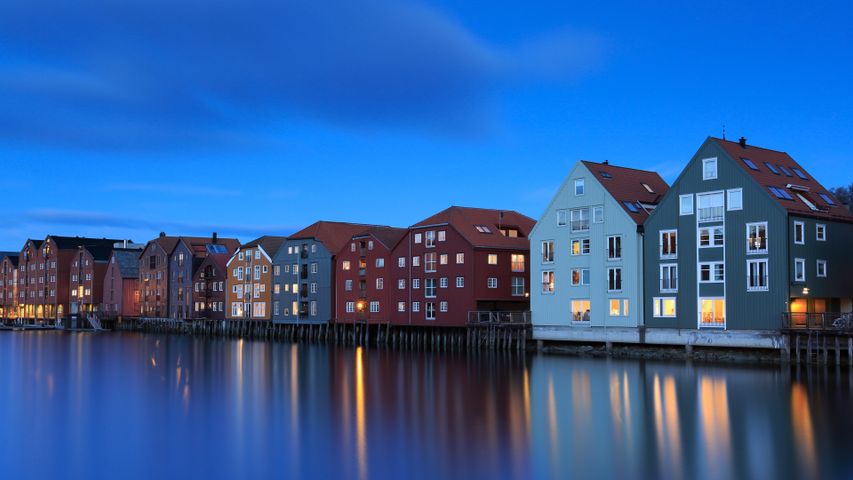 Blue hour in Trondheim, Norway
Blue hour in Trondheim, Norway
 Cottage with Tŵr Mawr Lighthouse in the background, Ynys Llanddwyn, Wales
Cottage with Tŵr Mawr Lighthouse in the background, Ynys Llanddwyn, Wales
 Star trails over Ardez village, Graubunden, Switzerland
Star trails over Ardez village, Graubunden, Switzerland

